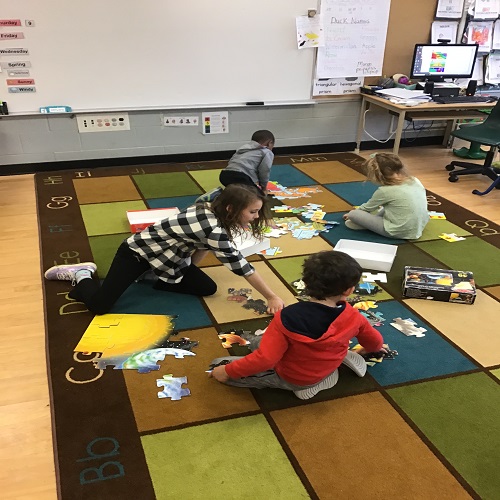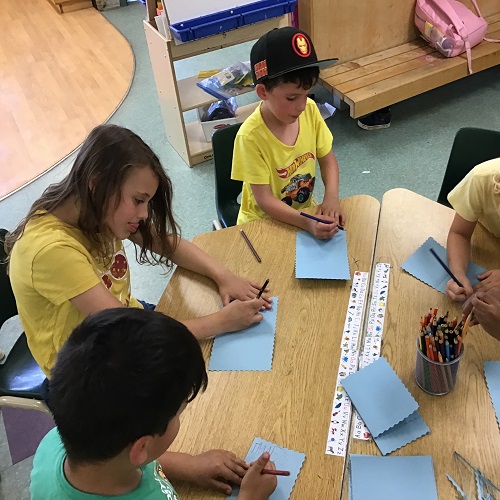The before and after school is a program for children from different age groups, which can be from four to twelve years old, to learn, develop, play and be taken care of before and after the school time. And, not necessarily, the children know each other as they are in different grades. Especially the ones from kindergarten to the higher grades, since not even their recess is together. In the beginning, it can be a challenge and it might take some time for children to adjust and learn to be in the same environment as children that are older or younger than them. However, over the time, children learn how to coexist, share toys and knowledge, and, eventually, create connections with each other.
In our program, we have children between five and eleven years old; being most of them with five and only one with eleven. Then, as expected, it took some time for the children to build connections and, most of all, for the old ones develop patience with the young ones. In the beginning it was hard for all of them, having lots of discussions and a few cries of “They are not being nice to me.” Yet, throughout all these months of before and after school, the children learned how to be patience and coexist. Also, this group was able to go beyond and built relationships with each other, becoming real friends. Even if some of the children do not come back for the next school year, they will continue to be friends and care for each other due to this friendship.
During this time together, the children were able to work together and cooperate to achieve their goals, which made them accomplish so much together. Olivia and Geetan, for example, helped Cari, Braya and Catherine to learn gymnastics moves, such as handstands and cartwheels. Nathan taught Owen basketball, allowing them to play together outside. All the older children like Nathan, Olivia, Geetan and Catherine helped the kindergarteners to write new words, especially during Mother’s and Father’s Day while they made cards. Dami loves puzzles and some days, more children gather together to do puzzles with him. Or when they find bugs outside and call everybody to see what they found and discuss what that is, what it eats, etc.
All these examples show that it might some take time and it may seem that the children will never be friends, but allowing them to have time to get to know each other, talk and have space to share thoughts and ideas is essential to support their future connections. Also, we can see that even if they are older, they still have things to learn and knowledge to share with the young ones. Then, I wonder how summer camp will be as we will have some children from before and after school that are already friends and some new children coming.












